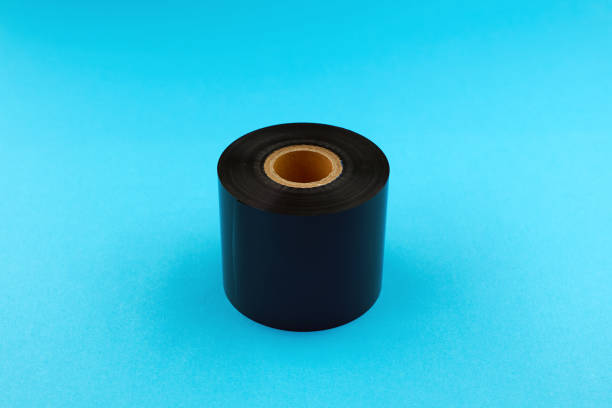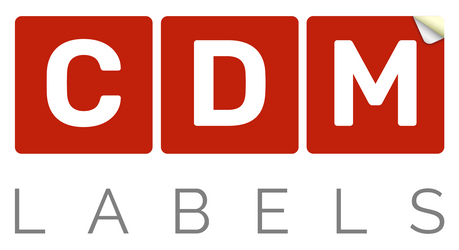
How Do Direct Thermal Labels Work?
Thermal printer labels are widely used in various industries, especially in logistics and retail, where efficient and cost-effective labeling is essential. Among different types of thermal labels, direct thermal labels stand out for their simplicity and ease of use. In this article, we will explore how direct thermal labels work and why they are preferred for certain applications.
What Are Direct Thermal Labels?
Direct thermal labels are a type of thermal label that does not require ink, toner, or ribbons for printing. Instead, they rely on a special thermal paper that reacts to heat to produce images and text. The printing process is known as direct thermal printing, and it is primarily used for temporary labels, shipping labels, receipts, tickets, and other applications where long-term label durability is not a significant concern.
How Do Direct Thermal Labels Work?
The process of direct thermal printing is straightforward and consists of three main components: the thermal label, the thermal print head, and the thermal printer.
1. Thermal Label: The thermal label itself is coated with a heat-sensitive layer on one side. This coating is made up of a combination of chemicals, including leuco dyes and developers. Leuco dyes are colourless at room temperature but turn black when exposed to heat, while the developers facilitate this colour change.
2. Thermal Print Head: The thermal print head is a crucial component of the thermal printer. It consists of numerous tiny heating elements arranged in a grid pattern. These heating elements can be individually controlled to generate heat.
3. Thermal Printer: The thermal printer is designed specifically for direct thermal printing. It uses the thermal print head to apply heat directly to the thermal label's heat-sensitive coating.
The Printing Process:
1. The thermal label is fed into the thermal printer with the heat-sensitive side facing the thermal print head.
2. When a print command is initiated, the thermal printer activates specific heating elements on the thermal print head according to the image or text to be printed.
3. The activated heating elements apply heat directly to the heat-sensitive coating of the thermal label at the precise locations required for printing.
4. As the heat is applied, the leuco dyes in the heat-sensitive coating react and turn black, creating the desired images and text on the label.
Advantages of Direct Thermal Labels:
1. Cost-Effective: Direct thermal printing does not require ink, toner, or ribbons, resulting in lower operational costs for label printing. This cost-effectiveness is particularly beneficial for high-volume label printing applications.
2. Easy to Use: Direct thermal printers are relatively simple to operate since they do not involve the management of ink or toner supplies. This user-friendly feature makes them ideal for various settings, including retail point-of-sale terminals.
3. Space-Saving: Since direct thermal labels do not require additional consumables like ink cartridges or ribbons, they are space-saving and more convenient for businesses with limited workspace.
Limitations of Direct Thermal Labels:
1. Sensitivity to Heat and Light: Direct thermal labels are sensitive to heat and prolonged exposure to light. As a result, printed images or text on these labels can fade over time, making them unsuitable for long-term labeling applications.
2. Limited Label Durability: The heat-sensitive coating on direct thermal labels makes them susceptible to damage from environmental factors like moisture, abrasion, and chemicals. Therefore, they are best suited for short-term labelling needs.
Direct thermal labels offer a cost-effective and easy-to-use solution for various applications, especially where long-term label durability is not a primary concern. The straightforward printing process, combined with the absence of ink or ribbons, makes direct thermal printing an attractive choice for businesses seeking efficient and hassle-free label printing solutions.
However, it's essential to consider the limitations of direct thermal labels, such as their sensitivity to heat, light, and environmental factors. For applications requiring durable and long-lasting labels, other printing methods like thermal transfer printing may be more suitable. As technology advances, direct thermal labels continue to find innovative uses, supporting streamlined labeling processes in diverse industries.

